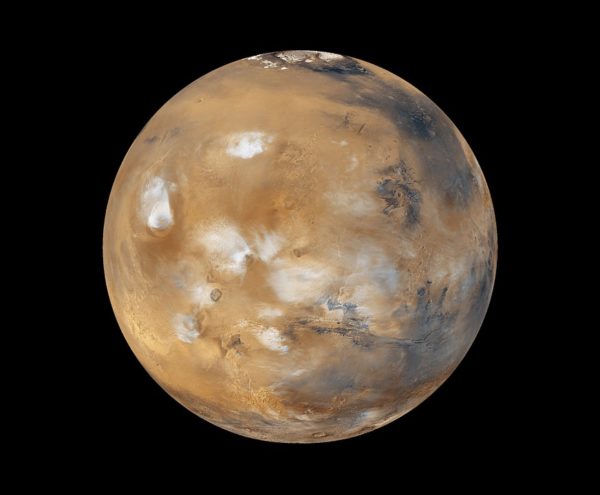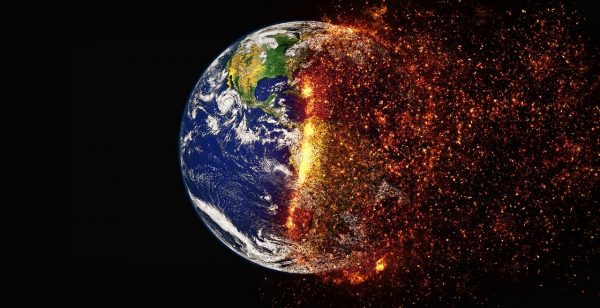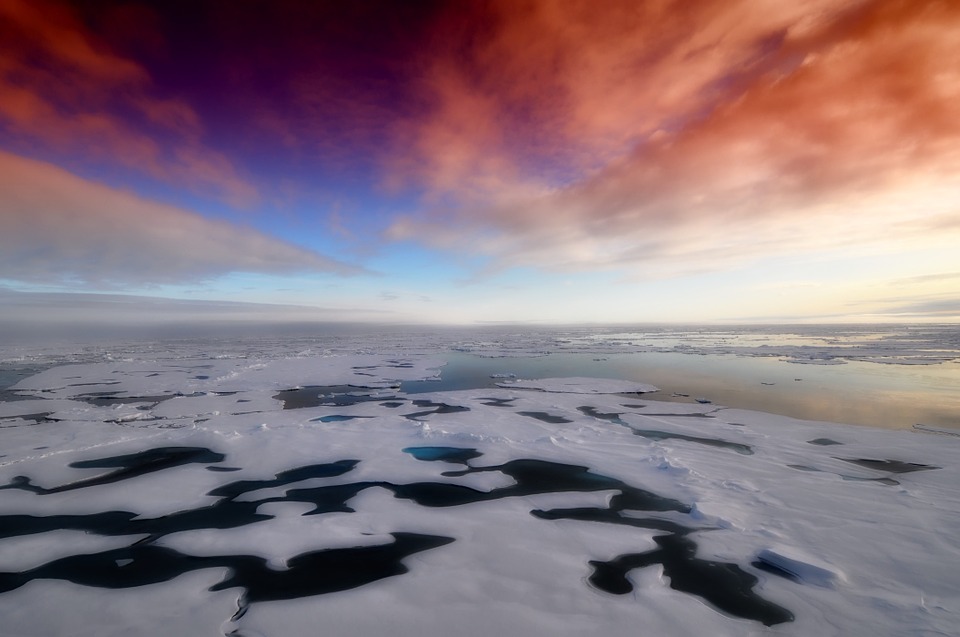Climate Change: Greenland’s Dark Zone; Covid CO2 Drop Over; Company Pledges and More
Mystery of Greenland’s expanding ‘dark zone’ finally solvedhttps://www.livescience.com/greenland-dark-zone-mystery-solved.htmlThe mystery of a growing “dark zone” on Greenland’s melting ice sheet has been solved. Researchers have found that phosphorus-rich dust blown across the ice may be the key to the phenomenon. Greenland’s ice sheet is the second largest in the world. It covers around 656,000 square miles (1.71 million square kilometers), an area three times the size of Texas, according to the National Snow and Ice Data Center (NSIDC). However, the ice sheet is now in a state of permanent retreat and is losing 500 gigatons (500 billion tons) of ice every … Read more








